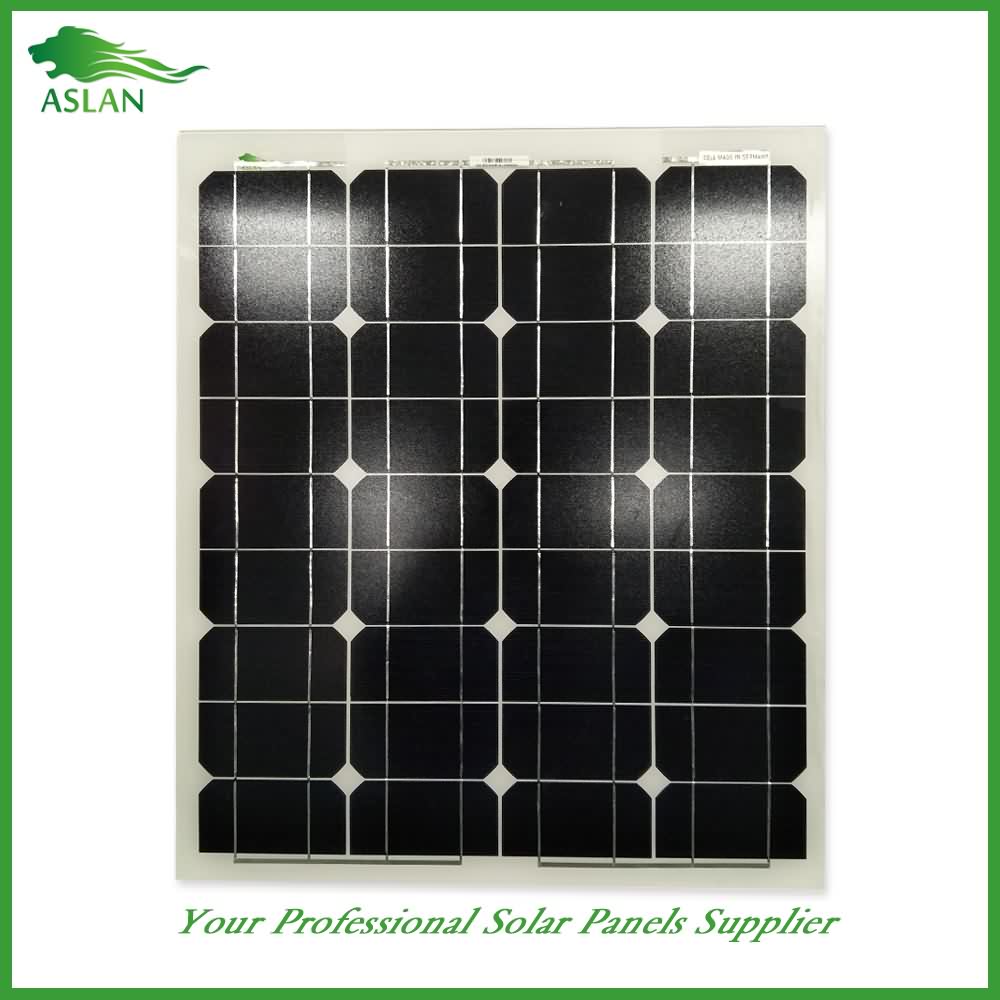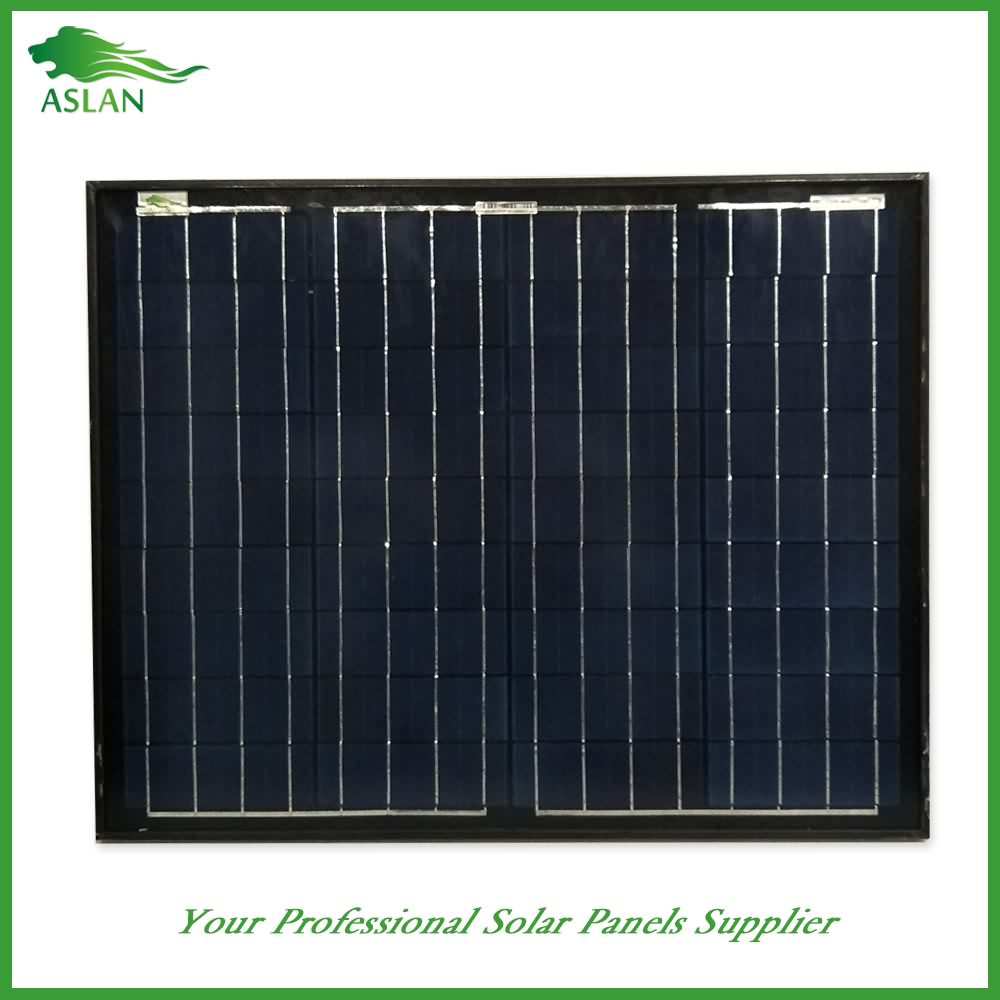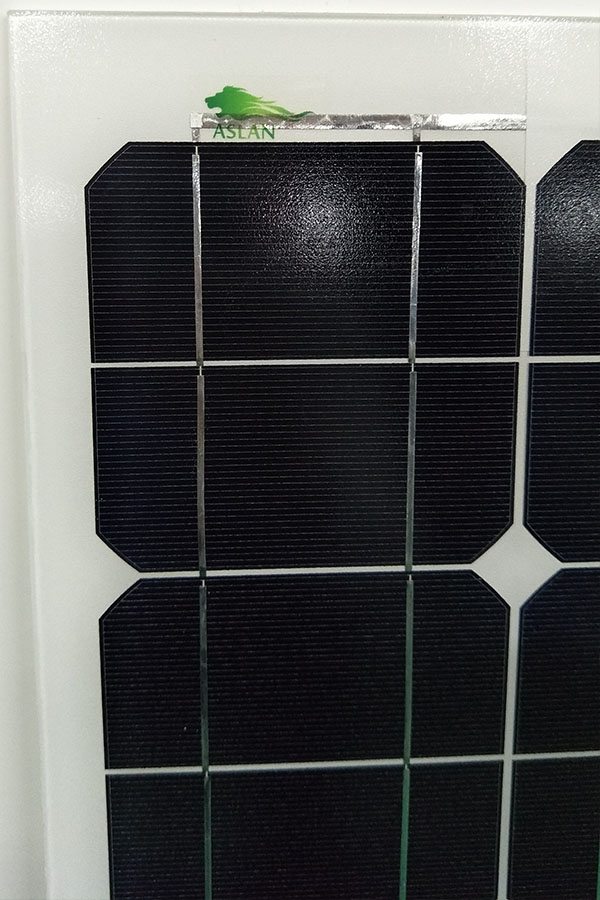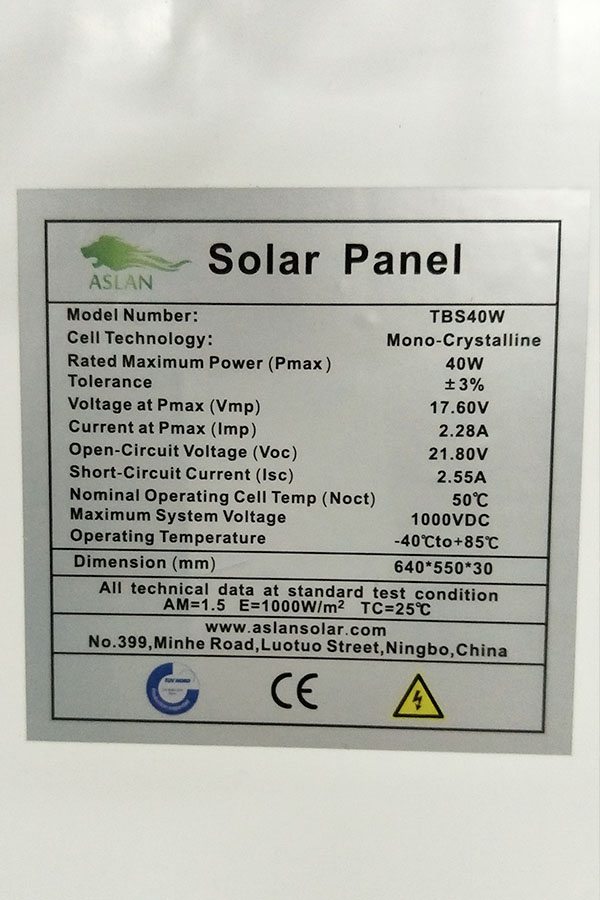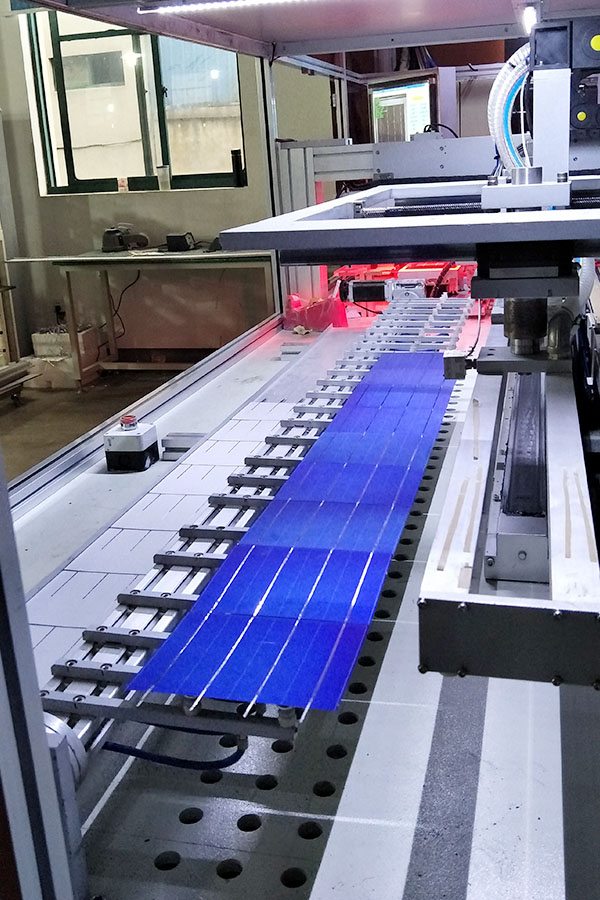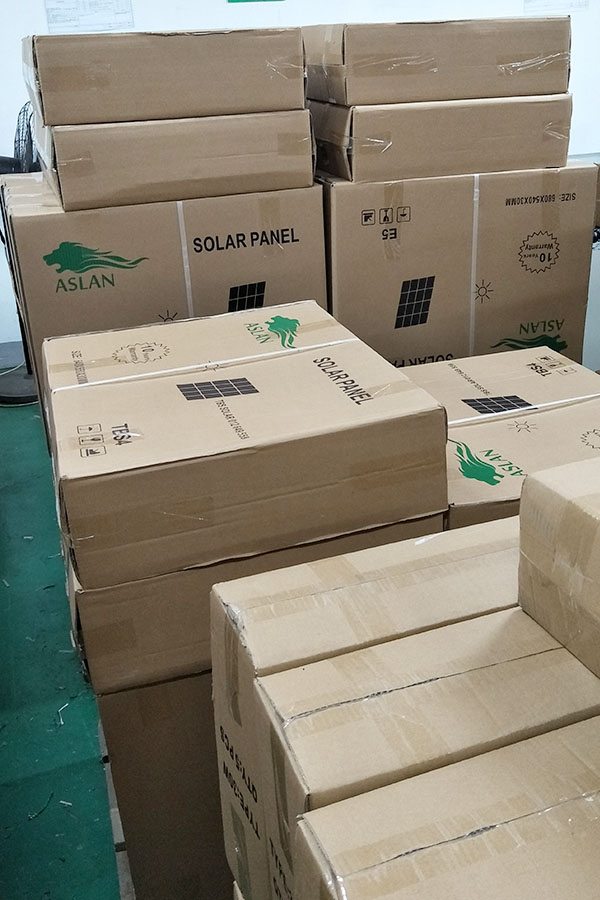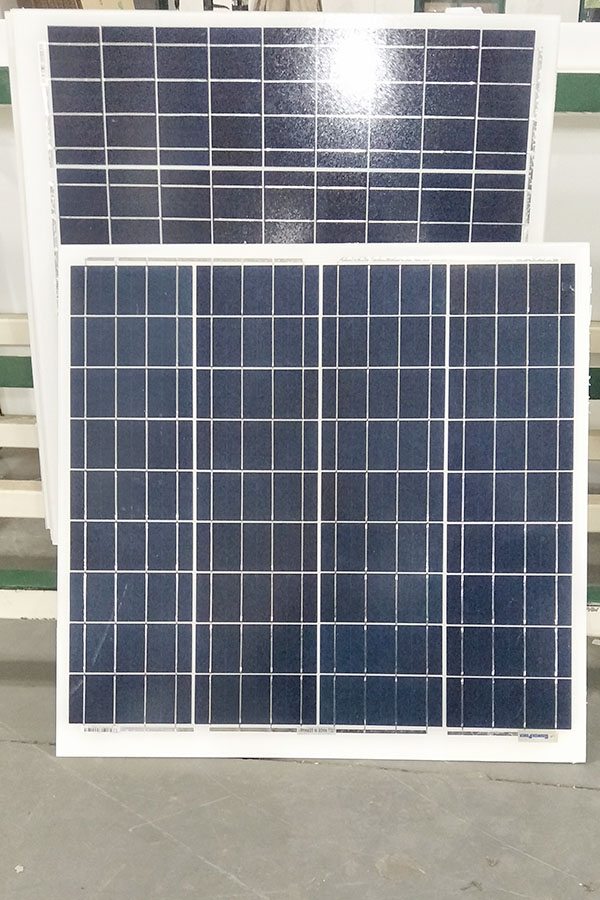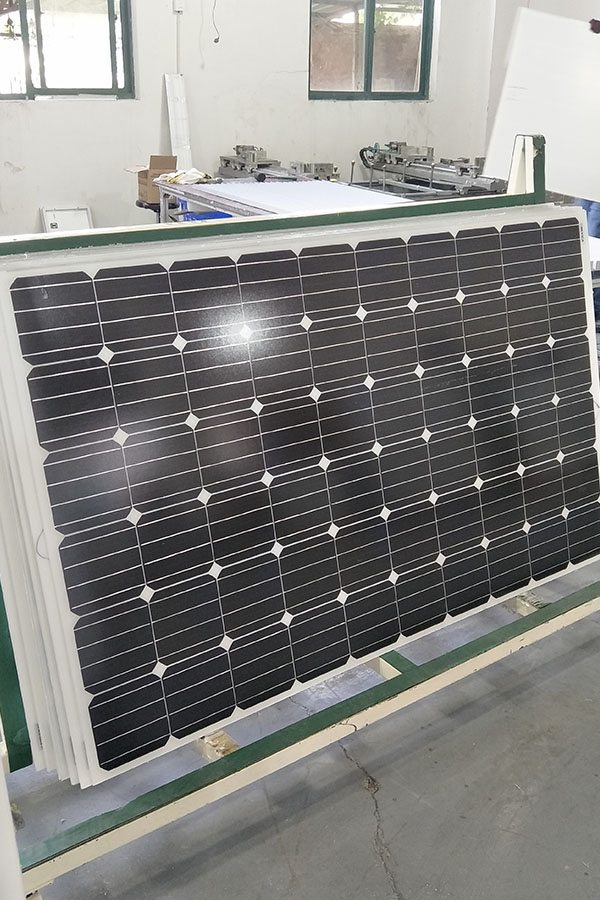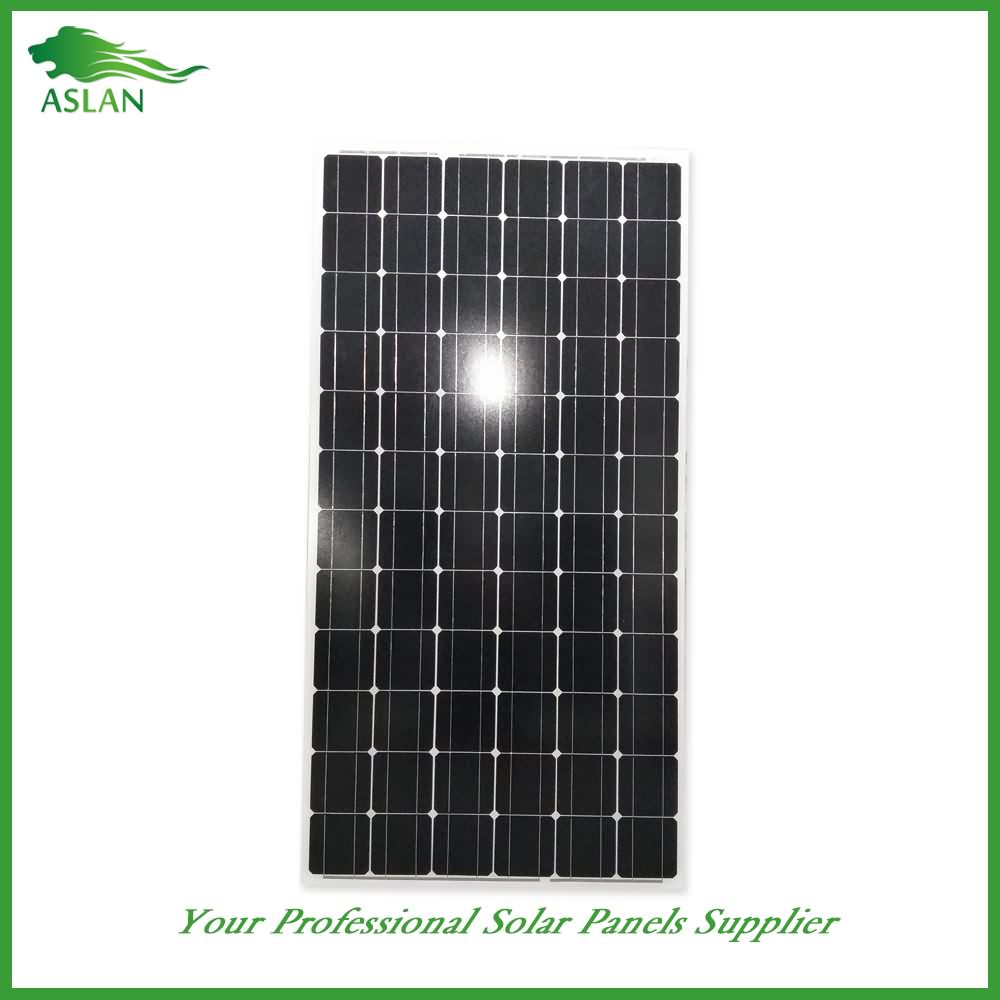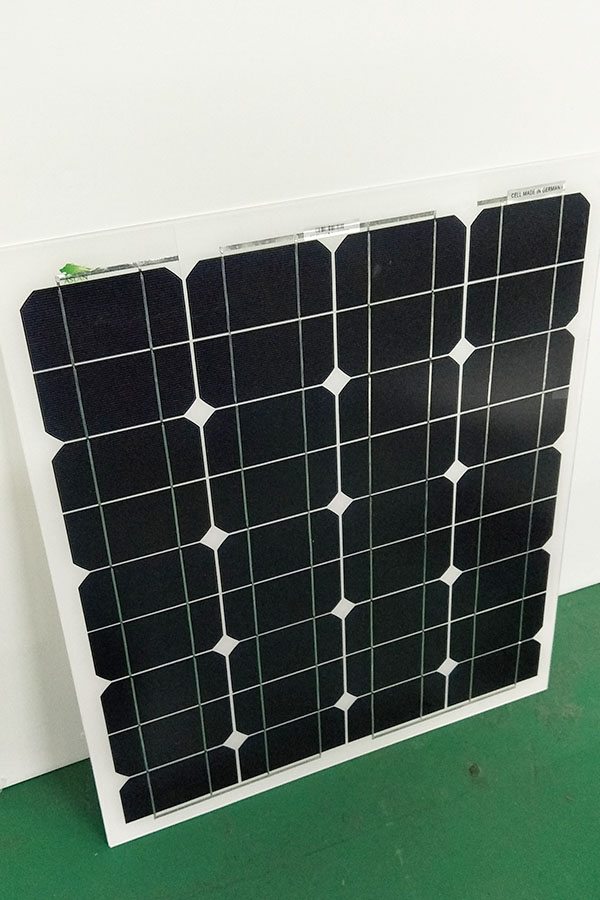Top Suppliers Mono-Crystalline 40W Solar Panel for San Francisco Factories
Short Description:
We know that we only thrive if we can guarantee our combined price competiveness and quality advantageous at the same time for Top Suppliers Mono-Crystalline 40W Solar Panel for San Francisco Factories, Your inquiry will be highly welcomed and a win-win prosperous development are what we are expecting.
Mono-Crystalline 40W Solar Panel
Technical parameter
Maximum Power(W) 40W
Optimum Power Voltage(Vmp) 18.21V
Optimum Operating Current(Imp) 2.20A
Open Circuit Voltage(Voc) 21.83V
Short Circuit Current(Isc) 2.40A
Mechanical Characteristics
Cell Type Mono-crystalline 125×62.5mm
No of Cell 36 (4x9pcs)
Dimensions 636x554x25mm
Weight 4.2Kg
Front Glass 3.5mm,High Transmission, Low Iron,Tempered Glass
Junction box IP65 Rated
Output Cable TUV 1×4.0mm2/UL12AWG,Length:900mm
Temperature and Coefficients
Operating Temperature(°C): -40°C ~ + 85°C
Maximum System Voltage: 600V(UL)/1000V(IEC) DC
Maximum Rated Current Series: 15A
Temperature Coefficients of Pmax: -0.47%
Temperature Coefficients of Voc: -0.389%
Temperature Coefficients of Isc: 0.057%
Nominal Operationg Cell Temperature (NOCT): 47+/-2°C
Materials of solar panel
1).Solar Cell——Mono-crystalline solar cell 125*62.5mm
2).Front Glass——-3.2mm, high transmission, low iron, tempered glass
3).EVA——-excellent anti-aging EVA
4).TPT——-TPT hot seal made of flame resistance
5).Frame——anodized aluminum profile
6).Junction Box——-IP65 rated, high quality, with diode protection
Superiority: high quality anodized aluminum frame, high efficiency long life, easy installation, strong wind resistance, strong hail resistance.
Features
1. High cell efficiency with quality silicon materials for long term output stability
2. Strictly quality control ensure the stability and reliability, totally 23 QC procedures
3. High transmittance low iron tempered glass with enhanced stiffness and impact resistance
4. Both Poly-crystalline and Mono-crystalline
5. Excellent performance in harsh weather
6. Outstanding electrical performance under high temperature and low irradiance
Quality assurance testing
Thermal cycling test
Thermal shock test
Thermal/Freezing and high humidity cycling test
Electrical isolation test
Hail impact test
Mechanical, wind and twist loading test
Salt mist test
Light and water-exposure test
Moist carbon dioxide/sulphur dioxide
Solar Power for overlanders. The Overland Workshop, part-3.
Solar power enables the overland traveller added independence to stay at any one location without an engine start. When correctly set up, it means that electrical energy can be used without the need to replace it by driving, plugging in shore power from a camp site, or idling the vehicle engine – to replace the energy consumed. Food can be kept fresher for longer, cameras and laptop devices batteries charged, and of course, drinks kept icy cool. Some even use the power systems to make ice. The most convenient system to install in a vehicle is based on solar panels linked to the vehicle auxiliary battery. In this video, Andrew St Pierre White explains a solution that he built for his World Cruiser, based on his experiences in African bush lodges and the many overland vehicles he has built. Some of the challengers and solutions are explained.
This video is brought to you by 4xOverland, makers of the best overland videos on the web. If you love Andrew’s videos? Then support more here: https://www.patreon.com/Andrew_StPierre_White?ty=h
ANDREW’S WEBSITE: http://4xoverland.com
INSTAGRAM: https://www.instagram.com/4xoverland_com/
ANDREW’S OTHER YOUTUBE CHANNEL: http://bit.ly/YouTubeASPW
ANDREW’S 4X4 BOOK: http://bit.ly/Four_Wheel_Drive
ANDREW’S AWARD-WINNING MEMOIR: http://bit.ly/Torn_Trousers
ANDREW’S ADVENTURE FILM COURSE SHOOTING 50% discount coupon: http://bit.ly/Shooting_Course99
ANDREW’S ADVENTURE FILM COURSE EDITING 50% discount coupon: http://bit.ly/Editing_Course99
FACEBOOK: https://www.facebook.com/4xoverland/
TWITTER: https://twitter.com/4xOverland
CSIRO has invented a new three in one solar air conditioning system that provides hot water, cooling and heating.
It works by using heat from the sun and employs both desiccant and evaporative cooling technologies.
See how the technology can work in the home.
Video transcript available here:
http://www.csiro.au/news/transcripts/YouTubeTranscripts/2013/Aug/SolarCooling.htm
